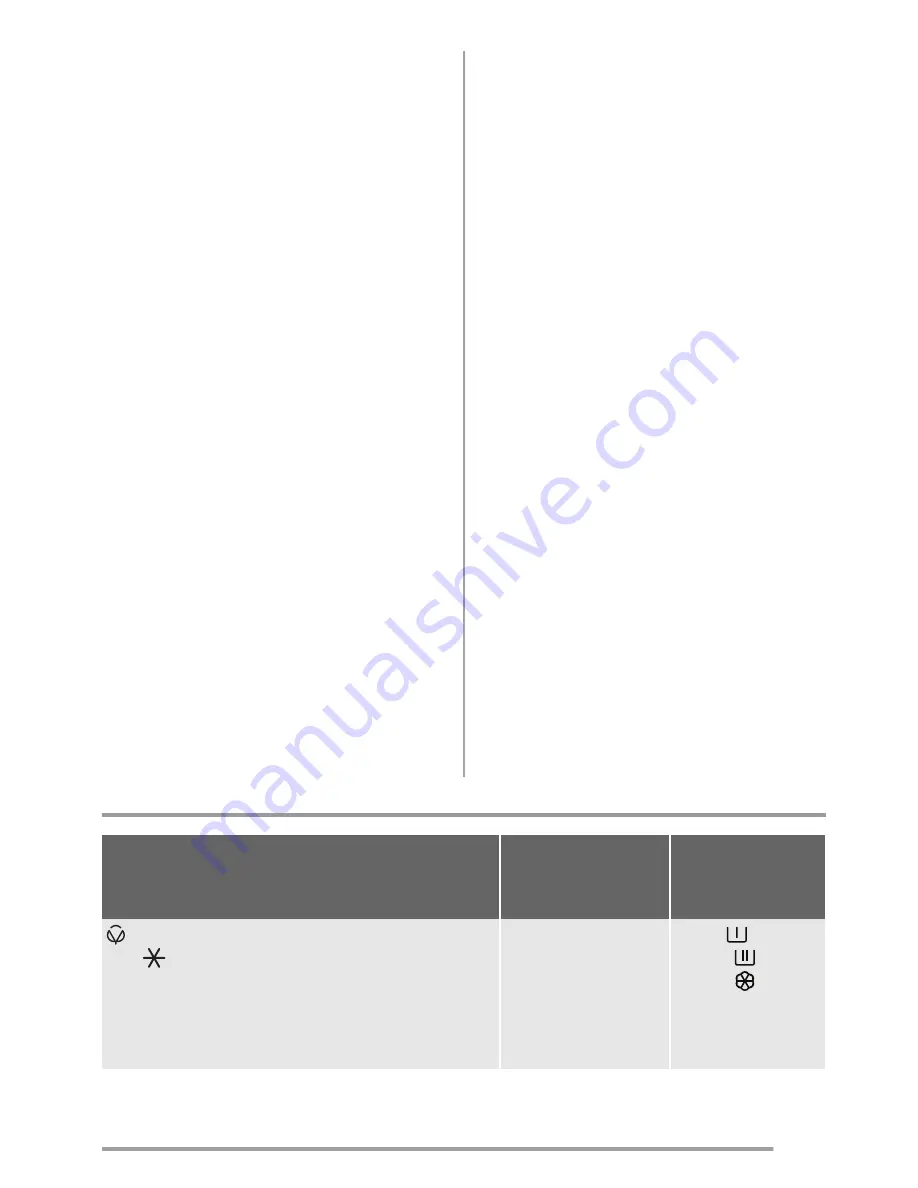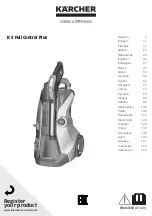
Red wine:
soak in water and detergent, rinse
and treat with acetic or citric acid, then rinse.
Treat any residual marks with bleach.
Ink:
depending on the type of ink, moisten the
fabric first with acetone
1)
, then with acetic acid;
treat any residual marks on white fabrics with
bleach and then rinse thoroughly.
Tar stains:
first treat with stain remover, methy-
lated spirits or benzine, then rub with detergent
paste.
Detergents and additives
Good washing results also depend on the
choice of detergent and use of the correct
quantities to avoid waste and protect the envi-
ronment.
Although biodegradable, detergents contain
substances which, in large quantities, can upset
the delicate balance of nature.
The choice of detergent will depend on the type
of fabric (delicates, woollens, cottons, etc.), the
colour, washing temperature and degree of soil-
ing.
All commonly available washing machine deter-
gents may be used in this appliance:
• powder detergents for all types of fabric
• powder detergents for delicate fabrics (60°C
max) and woollens
• liquid detergents, preferably for low tempera-
ture wash programmes (60°C max) for all
types of fabric, or special for woollens only.
The detergent and any additives must be placed
in the appropriate compartments of the dis-
penser drawer before starting the wash pro-
gramme.
If using liquid detergents, a programme
without
prewash must be selected.
Your appliance incorporates a recirculation sys-
tem which allows an optimal use of the concen-
trated detergent.
Follow the product manufacturer’s recommen-
dations on quantities to use and do
not ex-
ceed the «MAX» mark in the detergent dis-
penser drawer
.
Quantity of detergent to be used
The type and quantity of detergent will depend
on the type of fabric, load size, degree of soiling
and hardness of the water used.
Follow the product manufacturers’ instructions
on quantities to use.
Use less detergent if:
• you are washing a small load
• the laundry is lightly soiled
• large amounts of foam form during washing.
Degrees of water hardness
Water hardness is classified in so-called “de-
grees” of hardness. Information on hardness of
the water in your area can be obtained from the
relevant water supply company, or from your lo-
cal authority. If the water hardness degree is
medium or high we suggest you to add a water
softener following always the manufacturer’s in-
structions. When the degree of hardness is soft,
readjust the quantity of the detergent.
Washing programmes
Programme
Maximum and Minimum Temperature - Cycle De-
scription - Maximum Spin Speed - Maximum Fabrics
Load - Type of Laundry
Options
Detergent Com-
partment
COTTONS
1)
90° -
(Cold)
Main wash - Rinses
Maximum spin speed at 1000 rpm for model ZWN7100L;
1200 rpm for model ZWN7120L
Max. load 8 kg - Reduced load 4 kg
White and coloured cotton
(normally soiled items).
SPIN REDUCTION
RINSE HOLD
ECO
2)
SUPER QUICK
3)
PREWASH
EASY IRON
EXTRA RINSE
4)
13
www.zanussi.com
Summary of Contents for ZWN 7100 L
Page 1: ...EN User manual Washing Machine ZWN 7100 L ZWN 7120 L ...
Page 26: ...26 www zanussi com ...
Page 27: ...27 www zanussi com ...














































